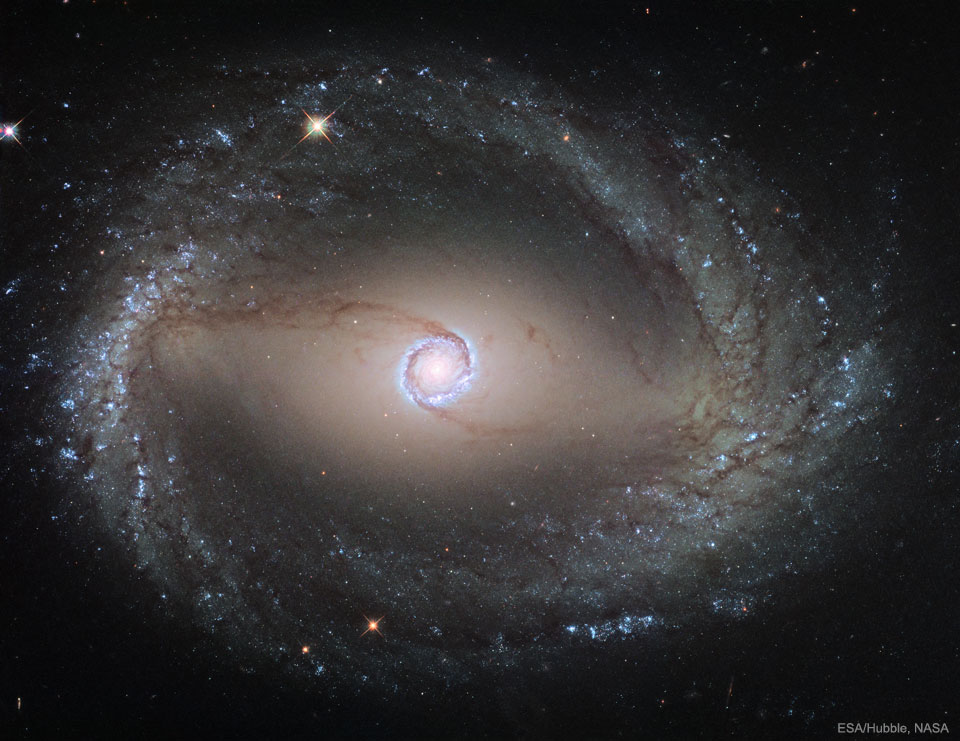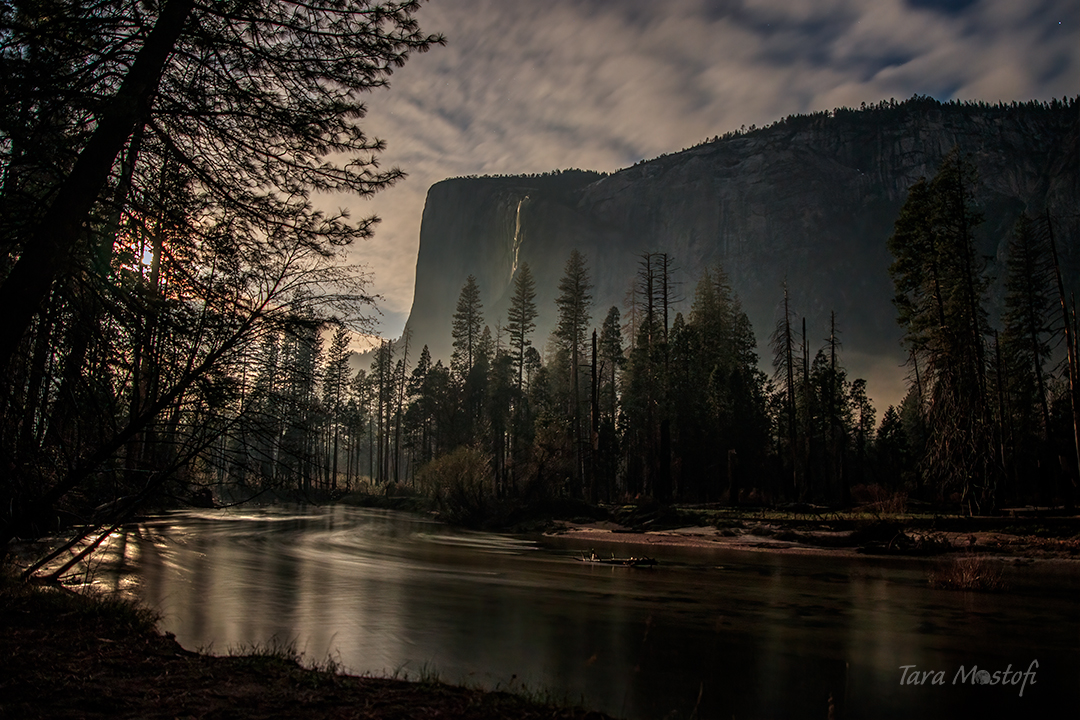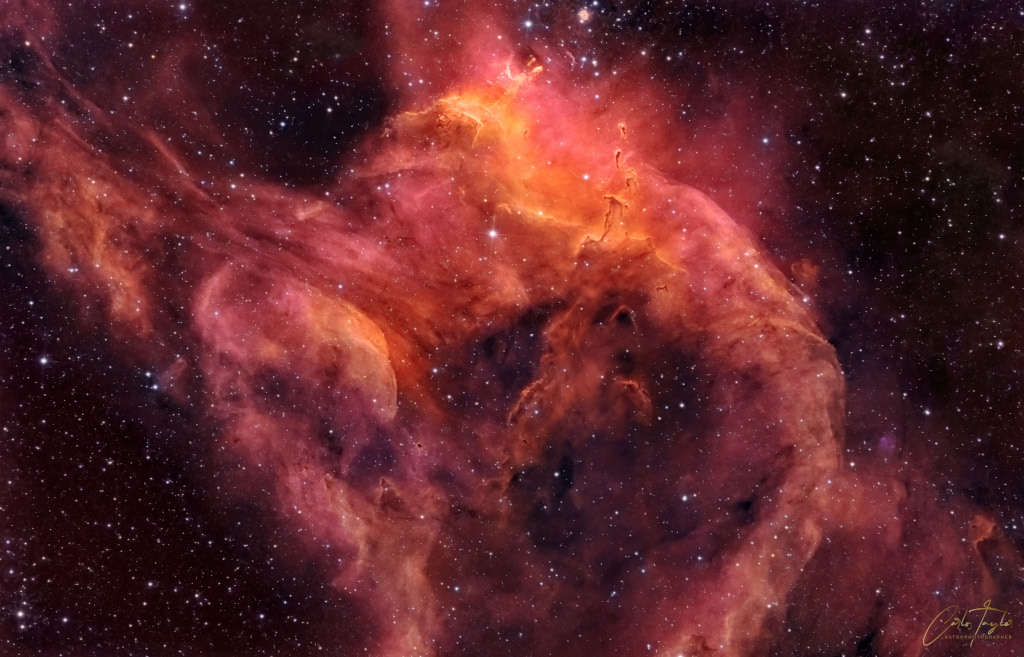
A Martian Eclipse: Phobos Crosses the Sun




NASA Administrator Bill Nelson will speak to elementary school students about the future of space exploration Monday, May 9, and tour a lab working on robotic construction technologies Tuesday, May 10, during a trip to Florida.
from NASA https://ift.tt/KfnOBib
via IFTTT

NASA’s SpaceX Crew-3 astronauts aboard the Dragon Endurance spacecraft safely splashed down Friday in the Gulf of Mexico off the coast of Florida, completing the agency’s third long-duration commercial crew mission to the International Space Station.
from NASA https://ift.tt/RatGPl3
via IFTTT

Media accreditation is now open for SpaceX’s 25th cargo resupply mission for NASA to the International Space Station.
from NASA https://ift.tt/8mOXnsN
via IFTTT

NASA will hold a media teleconference at 11 a.m. EDT on Monday, May 9, to discuss progress toward preparing the James Webb Space Telescope for science operations.
from NASA https://ift.tt/MV5TkiD
via IFTTT